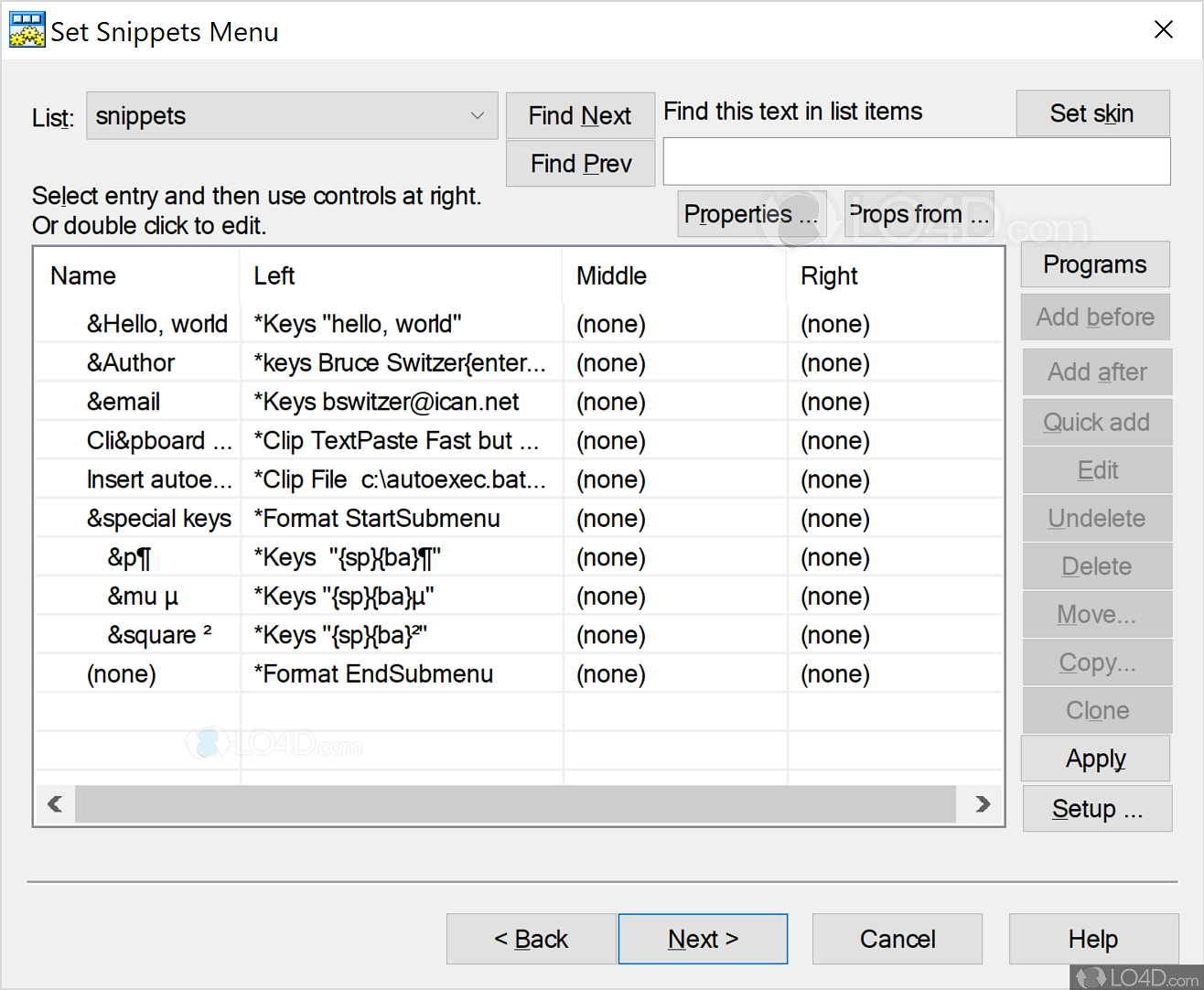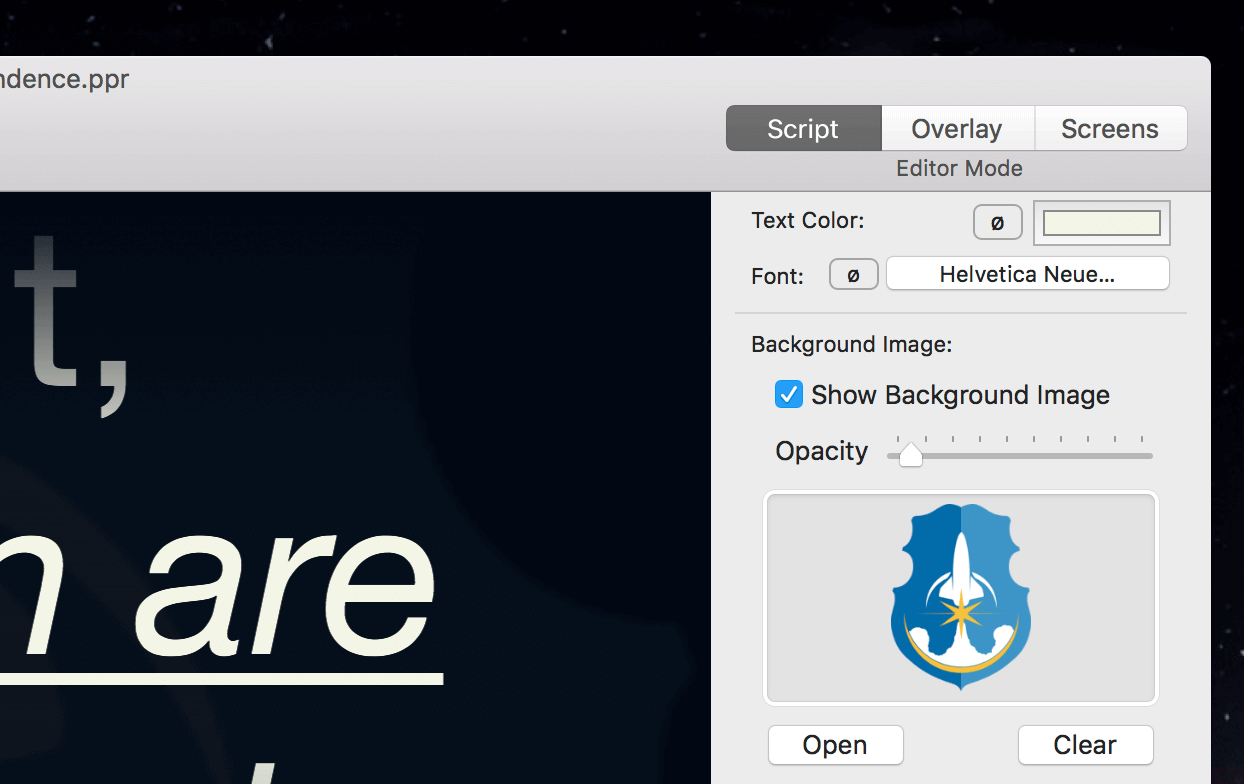

- #POWER PROMPTER FOR WINDOWS HOW TO#
- #POWER PROMPTER FOR WINDOWS INSTALL#
- #POWER PROMPTER FOR WINDOWS UPDATE#
- #POWER PROMPTER FOR WINDOWS FULL#
- #POWER PROMPTER FOR WINDOWS WINDOWS 10#

This can be done by accessing the device physically or remotely, such as by using a hypervisor to access VMs/cloud. Understanding the riskįor the BlackLotus UEFI bootkit exploit described in this article to be possible, an attacker must gain administrative privileges on a device or gain physical access to the device. For Windows Infrastructure as a service (IaaS) based services which run on Azure with Secure Boot enabled ( Trusted Launch VM or Confidential VM), you must follow the same steps for on-premises Windows devices. Per the Shared Responsibility model, Microsoft is installing the Secure Boot updates for all software as a service (SaaS) and platform as a service (PaaS) by using Safe Deployment Practices. You must contact support for your Linux distribution for guidance on mitigating this issue for your Linux devices. Microsoft has been coordinating with representatives from major Linux distributions to make the fix available for their operating systems.
#POWER PROMPTER FOR WINDOWS FULL#
For the full list, please see CVE-2023-24932. Protections are available for supported versions of Windows. If you do not create your own media, you will need to get the updated official media from Microsoft or your device manufacturer (OEM).ĪPPLY revocations to protect against the vulnerability in CVE-2023-24932.Īll Windows devices with Secure Boot protections enabled are affected by this issue, both on-premises physical devices and some virtual machines (VMs) or cloud-based devices.
#POWER PROMPTER FOR WINDOWS UPDATE#
UPDATE your bootable media with Windows updates released on or after May 9, 2023.
#POWER PROMPTER FOR WINDOWS INSTALL#
INSTALL the May 9, 2023, updates on all supported versions and then restart the device before applying the revocations. Bootable media will fail to start if all steps are not completed in order. Important Steps must be done in the following order and completed before moving to the next step. Customers who use Microsoft cloud-based solutions should follow the guidance in Updating Bootable Media/Azure Cloud. Before you enable these protections, you must verify your devices and all bootable media are updated and ready for this security hardening change. The security update provides configuration options to manually enable protections for the Secure Boot bypass but these protections are not enabled automatically. This could cause issues for some device’s boot configurations. Fixing the Secure Boot bypass described in CVE-2023-24932 requires revoking boot managers.

Disabling Secure Boot puts a device at risk of being infected by a bootkit malware. Secure Boot helps prevent bootkit malware in the boot sequence. Secure Boot is recommended by Microsoft to make a safe and trusted path from the Unified Extensible Firmware Interface (UEFI) through the Windows kernel's Trusted Boot sequence. A bootkit is a malicious program that is designed to load as early as possible in a device’s sequence, in order to control the operating system start.
#POWER PROMPTER FOR WINDOWS HOW TO#
This article describes the protection against the public disclosure of a Secure Boot security feature bypass by using the BlackLotus UEFI bootkit tracked by CVE-2023-24932 and how to enable the protections and guidance to update bootable media. Please be aware of all the possible implications and test thoroughly before applying the revocations that are outlined in this article to your device. Even reformatting of the disk will not remove the revocations if they have already been applied. LessĬaution: Once the mitigation for this issue is enabled on a device, meaning the revocations have been applied, it cannot be reverted if you continue to use Secure Boot on that device.
#POWER PROMPTER FOR WINDOWS WINDOWS 10#
Windows Server 2012 Windows Embedded 8 Standard Windows Server 2012 R2 Windows Embedded 8.1 Industry Enterprise Windows Embedded 8.1 Industry Pro Windows 10 Windows 10 Education, version 1607 Windows 10 Professional version 1607 Windows 10 Enterprise, version 1607 Windows 10 Enterprise version 1607 Windows 10 Enterprise, version 1809 Windows 10 Professional Education version 1607 Windows 10 Pro Education, version 1607 Windows Server 2019 Windows Server 2022 Windows 10 Home and Pro, version 21H2 Windows 10 Enterprise and Education, version 21H2 Windows 10 IoT Enterprise, version 21H2 Windows 10 Home and Pro, version 22H2 Windows 10 Enterprise Multi-Session, version 22H2 Windows 10 Enterprise and Education, version 22H2 Windows 10 IoT Enterprise, version 22H2 Windows 11 Home and Pro, version 21H2 Windows 11 Enterprise Multi-Session, version 21H2 Windows 11 Enterprise and Education, version 21H2 Windows 11 IoT Enterprise, version 21H2 Windows 11 Home and Pro, version 22H2 Windows 11 Enterprise Multi-Session, version 22H2 Windows 11 Enterprise and Education, version 22H2 Windows 11 IoT Enterprise, version 22H2 Azure Stack HCI, version 22H2 More.


 0 kommentar(er)
0 kommentar(er)
